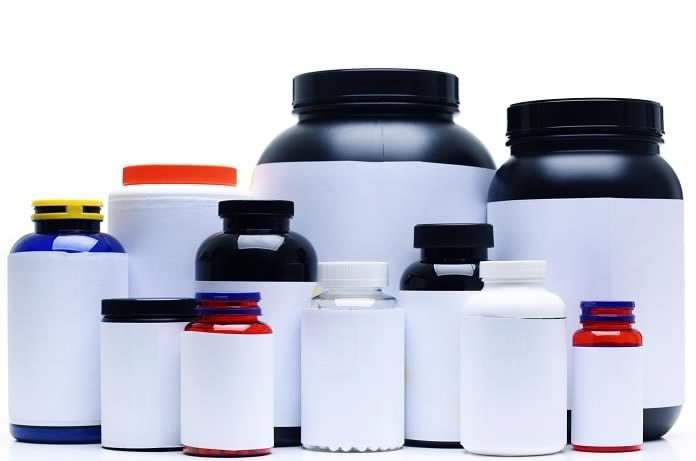The epidemiological phenomenon of the French paradox describes the low incidence of coronary heart disease observed in French populations, despite their diet relatively rich in saturated fats. A proposed explanation of this may be derived from the French’s love for and moderate consumption of red wine.
An oxidizing agent (or an oxidant) is a substance that possesses the ability to oxidize other molecules, causing them to lose electrons. Common oxidizing agents formed in response to physiological processes include oxygen, hydrogen peroxide, and the halogens. When an imbalance exists between the accumulation of reactive oxygen species and our defense and repair systems, “oxidative stress” can contribute to the development of chronic disease and aging processes.
Antioxidants are substances that inhibit oxidation. These compounds are capable of scavenging free radicals (uncharged molecules that have an unpaired valence electron and are typically highly reactive and short-lived) to protect against oxidative stress. Polyphenols are a class of antioxidants that include phenolic acids, flavonoids, stilbenes and lignans. Resveratrol (3, 5, 4’-trihydroxystilbene; RSV), a form of stilbene that is found in abundance in grapes and grape products (e.g. wine and grape juice), peanuts, and berries occurs in two configurations: trans and cis. The anti-inflammatory, antioxidant, anti-aging, and anti-diabetic properties of trans-RSV are thought to contribute to the prevention of numerous diseases, leading to promotion trans-RSV supplements.
The objective of a study recently published in Food and Chemical Toxicology was to assess if trans-RSV could effectively protect against the detrimental effects produced by beauvericin. Beauvericin (BEA) is a mycotoxin (a toxic substance produced by a fungi) that can cause disease and death in humans by cytotoxicity in the form of a decrease in the mitochondrial membrane potential, DNA damage and cell death related to oxidative stress, and lipid peroxidation. BEA occurs in contaminated grain such as corn, wheat, and barley.
Through rigorous sampling and scientific testing, the study specifically aimed to determine the following:
- The trans-RSV content in different polyphenol dietary supplements
- The antioxidant capacity of the trans-RSV in polyphenol supplements
- The influence of BEA on the antioxidant capacity of trans-RSV when in combination
The results revealed that all polyphenol dietary supplements exhibit higher levels of RSV content than what is indicated on the label, the polyphenol supplements indeed possessed antioxidant capacity, and in combination, trans-RSV and BEA did not affect trans-RSV’s antioxidant capacity. These outcomes suggest that RSV may contribute to a decrease in the oxidant effects produced by BEA, perhaps drawing a link to the clinical implications demonstrated by the French paradox. However, to more comprehensively understand the related mechanisms of BEA and trans-RSV, it is recommended that further research be conducted in this specific area of interest.
Written By: Jordyn Posluns, B.Sc. (Hons)



